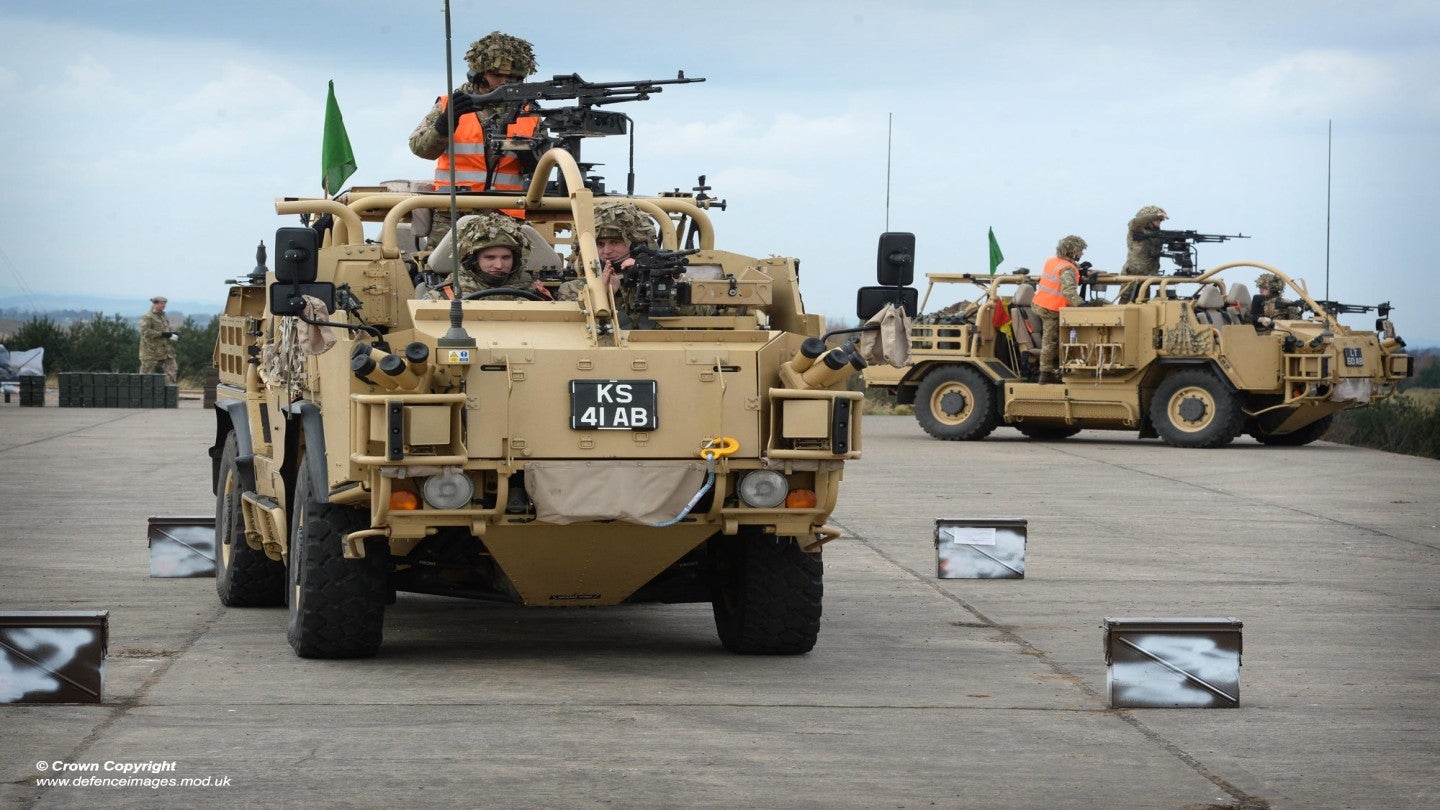
The UK Defence Science and Technology Laboratory (Dstl) and the British Army are testing a new experimental force concept to enhance combat capabilities in future urban operations.
Also known as Urban Phalanx, the study aims to test a series of new concepts to help small units achieve dominance in future urban combat environments, especially for dismounted light soldiers.
The focus of the experiment will be to enhance combat efficiency by making certain structural and lethality changes.
Such specific areas have been developed in collaboration with experts from the UK Royal Marines’ urban combat, British Army’s Experimentation and Trials Group (ETG) and the US Marine Corps Warfighting Laboratory.
Based on the new concept, the British Army has also restructured its experimentation battalion, called the 2nd Battalion, The Yorkshire Regiment, as the Next Generation Combat Team (NGCT).
The NGCT participated in two experimentation exercises, Project Convergence 22 and Exercise Cerberus 22, to further develop it.
The future steps will see the evaluation of a new Order of Battle under Exercise Wessex Storm 1/23. Learnings from Wessex Storm will help in honing ETG Live Firing Exercise and the next Project Convergence.
Dstl Urban Phalanx urban operations research lead and designer Stuart Lyle said: “The complexity of the terrain and proximity of the enemy also places a greater burden on junior commanders to act as information sources for higher commanders, adding greater demands on these individuals.
“Therefore, the key aims of the Phalanx Platoon concept are to reduce cognitive load on junior commanders while enhancing their ability to defeat threats with their own assets.”
The NGCT experimentation is based on one Manoeuvre Support Group and two Phalanx Platoons.
The Phalanx team comprises three sections of ten personnel, a platoon systems operator, one anti-armour/anti-structure capability, one platoon commander and one platoon sergeant.
Meanwhile, the manoeuvre group will include assets to boost the lethality of a support company, along with three Javelin detachments, a patrol commander, a systems operator/mortar fire controller and a driver.








